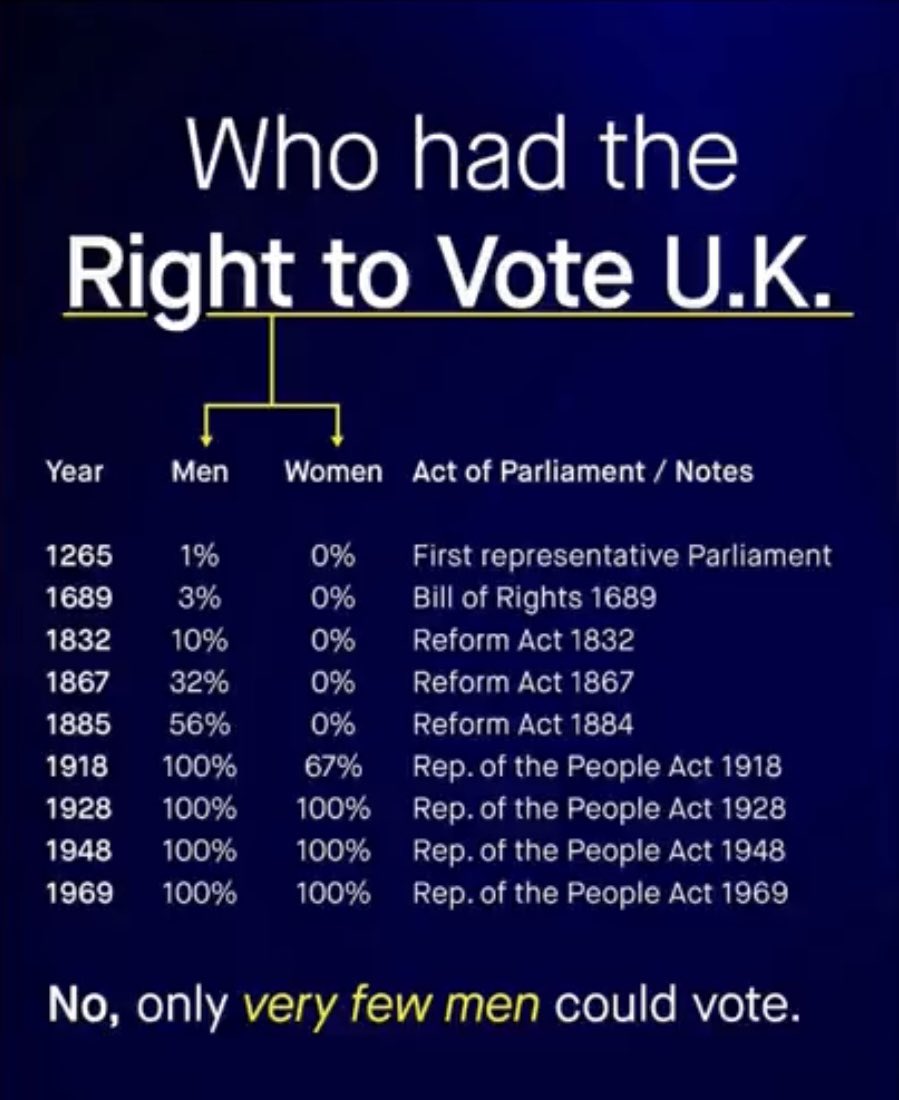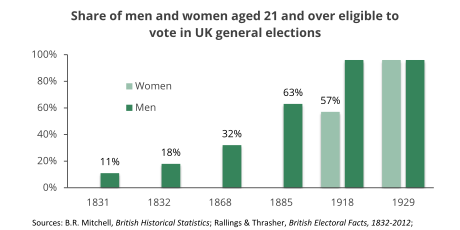Difference between revisions of "Suffrage (United Kingdom)"
Jump to navigation
Jump to search
| Line 1: | Line 1: | ||
[[File:F4Exi3bXoAAKK5 .jpeg|thumb]] |
[[File:F4Exi3bXoAAKK5 .jpeg|thumb]] |
||
| − | [[ |
+ | [[File:F4FJFGoXUAADXaF.png|thumb]] |
https://www.bbc.com/news/uk-42704341 |
https://www.bbc.com/news/uk-42704341 |
||
Revision as of 03:37, 22 August 2023
https://www.bbc.com/news/uk-42704341
https://www.bbc.com/news/education-42840160
The gender gap for other parties became more pronounced in 2015. This was connected to UKIP's very strong showing. They received 13% of the vote overall but were considerably more popular among men than women.
That meant that women were more likely than men to vote for both Labour and the Conservatives. [1]

